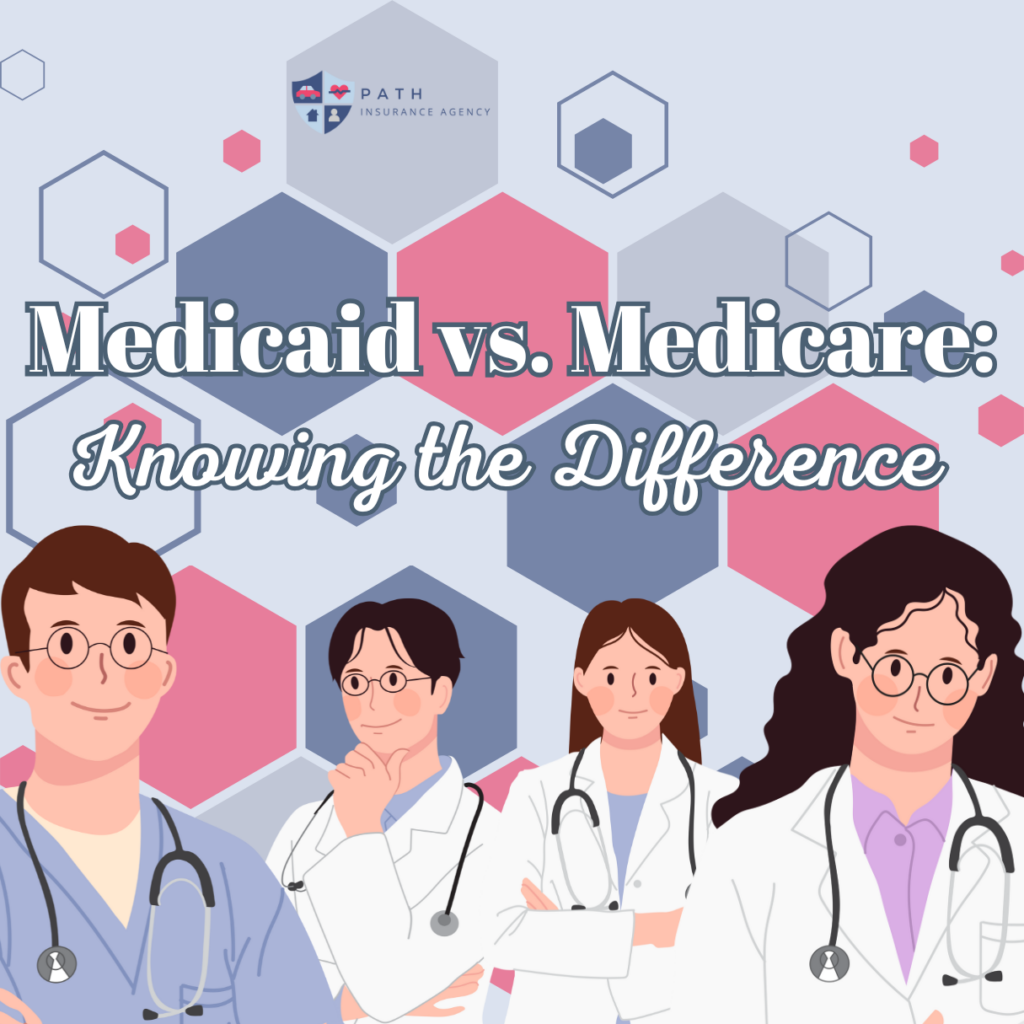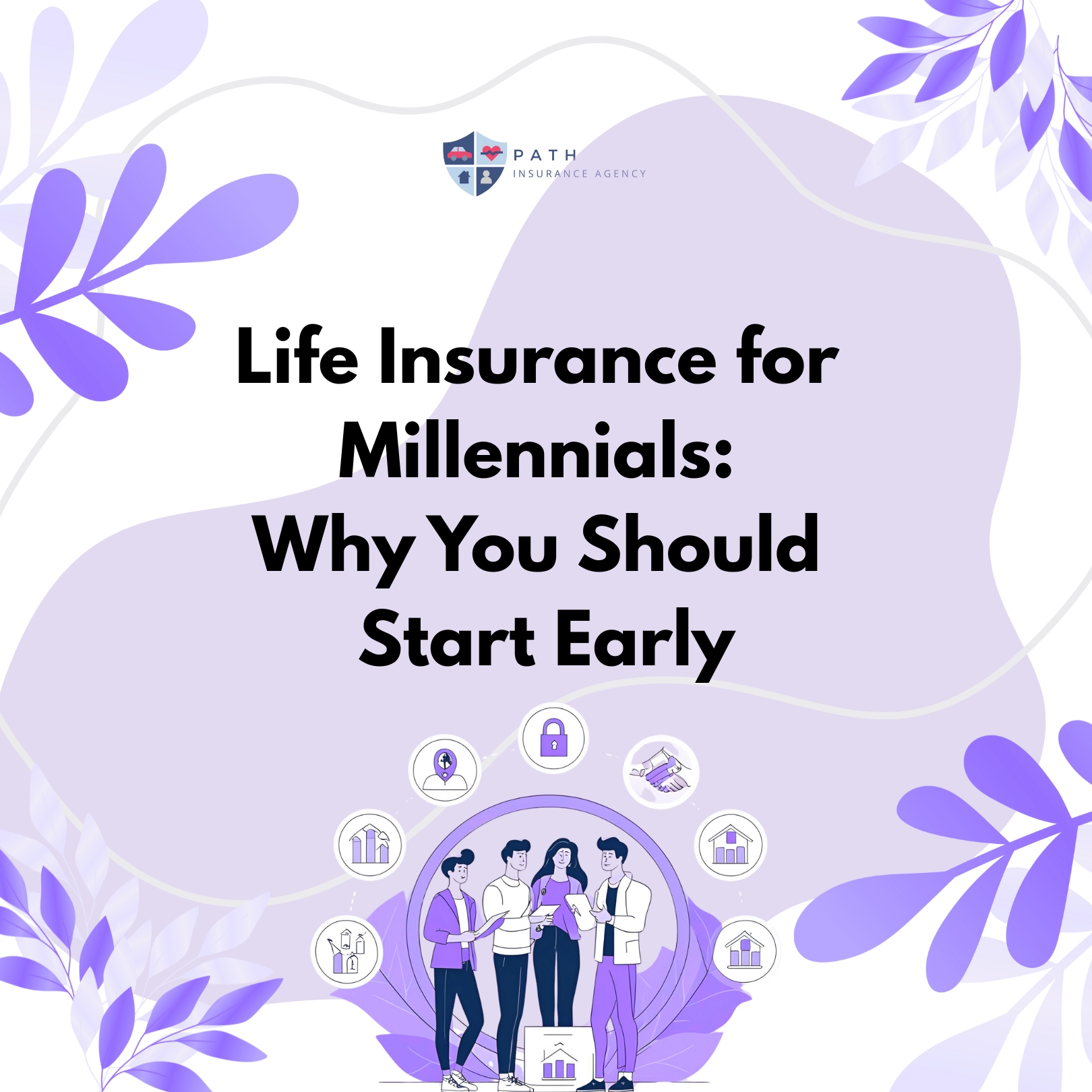Medicaid and Medicare are two programs that play a vital role, especially for people who need help paying for their healthcare. Understanding health insurance can feel overwhelming, but knowing the differences between these two can help you make informed decisions. Let’s break them down and see what makes each one unique.
What Is Medicare?
This is a federal health insurance program. It primarily helps people aged 65 and older, but it also covers younger individuals with certain disabilities or specific health conditions like kidney failure.
It has four parts:
- Part A – Covers hospital stays, nursing care, and some home healthcare services.
- Part B – Helps pay for doctor’s visits, outpatient care, and preventive services like flu shots.
- Part C (Medicare Advantage) – Offers an alternative to Original Medicare by including extra benefits through private health insurance companies.
- Part D – Covers prescription medications.
This is funded through payroll taxes, premiums, and federal funding. If you’ve worked and paid taxes for at least 10 years, Part A might not cost you anything. However, you will likely pay monthly premiums for Parts B and D.
What Is Medicaid?
Medicaid is different from Medicare because it focuses on helping low-income individuals and families. It’s a joint program between the federal government and individual states, which means eligibility and benefits can vary depending on where you live.
Medicaid offers health insurance coverage for:
- Low-income adults
- Pregnant women
- Children
- Older individuals
- Individuals with disabilities
It covers a wide range of healthcare services, including hospital stays, doctor visits, long-term care, and even some services that Medicare doesn’t, like personal care and transportation to medical appointments.
Medicaid is funded through both federal and state governments, so each state decides the exact coverage and rules for the program. Some states have expanded their Medicaid programs to cover more people, while others follow stricter eligibility guidelines.
Key Differences Between Medicare and Medicaid
While they sound similar, Medicare and Medicaid serve completely different purposes:
- Who They Help
- Medicare helps people over 65 or those with certain conditions, regardless of income.
- Medicaid helps people with low income, including individuals of all ages.
- Cost
- Medicare users often pay some out-of-pocket costs, like premiums and deductibles.
- Medicaid typically covers most costs, so users might pay little or nothing.
- Funding
- Medicare is federally funded and doesn’t vary by state.
- Medicaid is funded by both federal and state governments and can differ depending on where you live.
Can You Have Both Medicare and Medicaid?
Yes, some people qualify for both programs. This is known as being “dual eligible.” For example, someone over 65 with a low income might have both health insurance programs. Medicaid can help cover costs that Medicare doesn’t, making healthcare even more affordable.
Navigating Your Health Insurance Options
Choosing between Medicare and Medicaid—or understanding if you qualify for both—doesn’t have to be confusing. Remember, Medicare is designed for older adults and people with certain health conditions, while Medicaid supports low-income families and individuals, regardless of age. Both programs work to make healthcare more accessible, providing the coverage people need when they need it most.
If you’re unsure about your eligibility or which program fits your situation, you can visit official government websites or talk to a licensed health insurance advisor. Knowing the difference between Medicare and Medicaid can help you or your loved ones get the right care without unnecessary stress.
Call Path Financial and Insurance Agency today and get your policy today! Click the link to shop now: https://www.healthsherpa.com/?_agent_id=rufus-hunley-2m5rt




